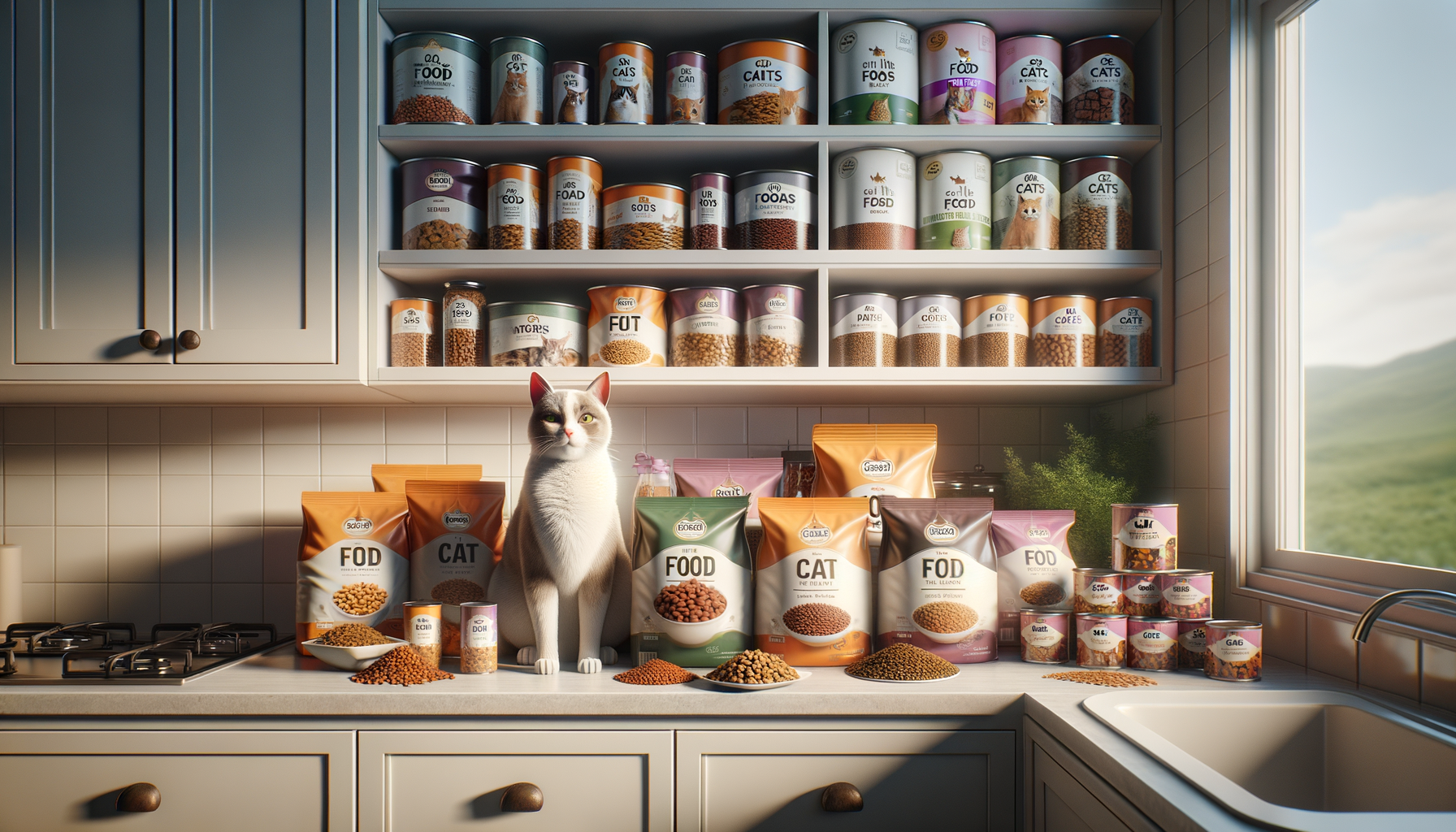Introduction to Indoor Cat Nutrition
Indoor cats have unique dietary needs compared to their outdoor counterparts. With limited space to roam and less opportunity for exercise, indoor cats require a diet that supports their specific lifestyle. Understanding these needs is crucial for ensuring their health and longevity. This article delves into the various aspects of feeding indoor cats, offering insights into selecting the right cat food that aligns with their nutritional requirements.
Nutritional Needs of Indoor Cats
Indoor cats tend to lead a more sedentary lifestyle, which means their caloric needs are different from those of outdoor cats. They require a balanced diet that provides essential nutrients without leading to weight gain. Key components of a suitable diet include:
- High-quality protein: Essential for muscle maintenance and overall health.
- Fiber: Helps with digestion and can prevent hairballs, a common issue in indoor cats.
- Moderate fat content: Supports energy levels without contributing to obesity.
- Vitamins and minerals: Vital for a healthy immune system and overall well-being.
Choosing cat food that meets these nutritional needs can help maintain a healthy weight and prevent common health issues associated with indoor living, such as obesity and urinary tract problems.
Types of Cat Food for Indoor Cats
When selecting cat food, it’s important to consider the different types available and their benefits. Options include dry food, wet food, and raw diets, each offering unique advantages:
- Dry food: Convenient and often more affordable, dry food can help maintain dental health. However, it may contain more carbohydrates, which are not always necessary for cats.
- Wet food: Provides higher moisture content, which is beneficial for urinary tract health. It’s often more palatable and can be better for cats that need to increase their water intake.
- Raw diets: Mimic a cat’s natural diet and can be beneficial for those with specific dietary needs. However, they require careful preparation to ensure safety and nutritional balance.
Understanding the pros and cons of each type can help cat owners make informed decisions that best suit their pet’s lifestyle and health needs.
Reading Cat Food Labels
Understanding cat food labels is essential for choosing the right product. Labels provide critical information about the ingredients and nutritional content. Here are some tips for reading labels effectively:
- Look for named meat sources: Ingredients like chicken or salmon should be listed first, indicating a high-quality protein source.
- Avoid fillers: Ingredients such as corn or soy are often used as cheap fillers and offer little nutritional value.
- Check for additives: Preservatives and artificial flavors should be minimal or absent.
- Consider the guaranteed analysis: This provides a breakdown of protein, fat, fiber, and moisture content, helping you assess if the food meets your cat’s dietary needs.
By paying attention to these details, cat owners can select foods that provide the best nutritional benefits for their indoor cats.
Conclusion: Enhancing Your Indoor Cat’s Diet
Feeding indoor cats requires careful consideration of their unique nutritional needs. By understanding these needs and selecting appropriate food types and brands, cat owners can significantly enhance their pets’ health and quality of life. Regularly reviewing and adapting their diet as needed ensures they receive the necessary nutrients to thrive. Ultimately, a well-balanced diet tailored to an indoor lifestyle is a cornerstone of a healthy, happy cat.








